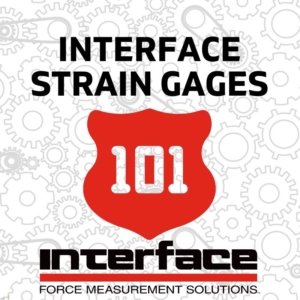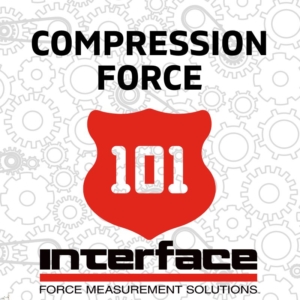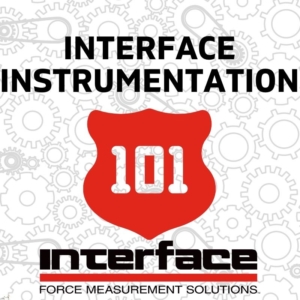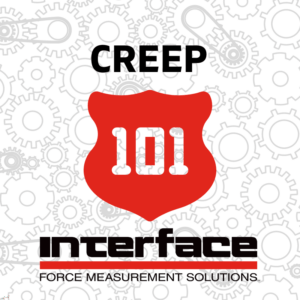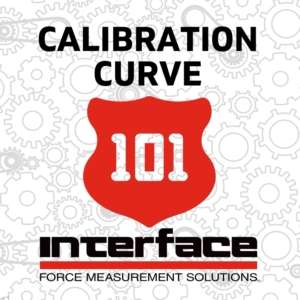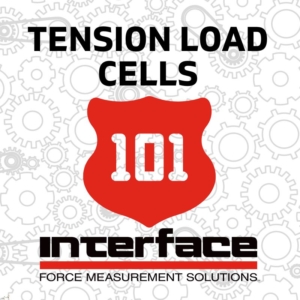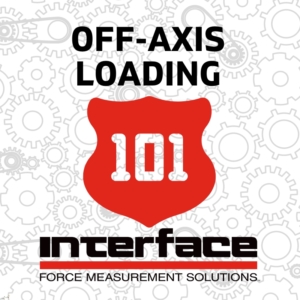
IQ Blog
Off-Axis Loading 101
Interface overload protection load cells and torque transducers are designed to minimize the effects of off-axis loading. This requires load cells designed with measures to reduce sensitivity to forces applied in other directions, while maintaining high accuracy measurements.


